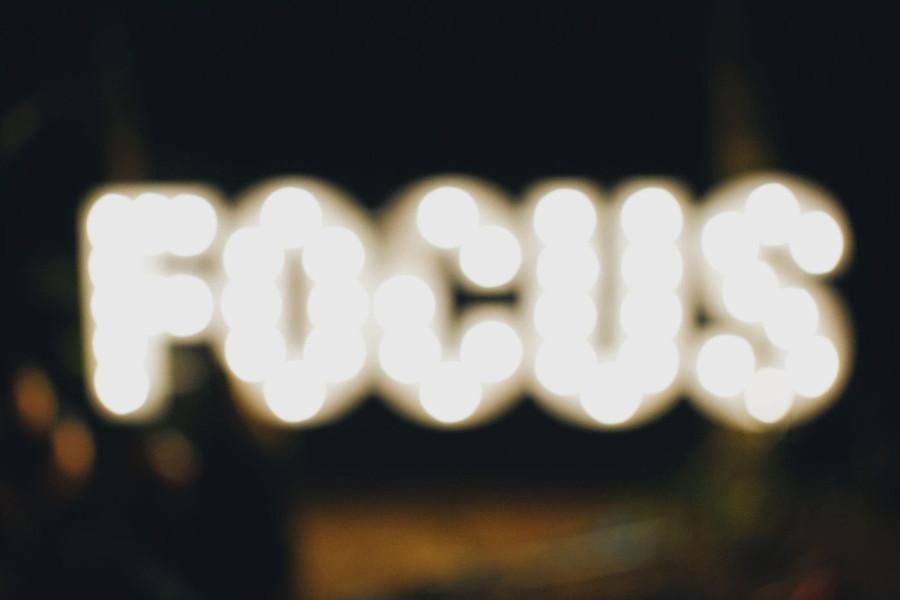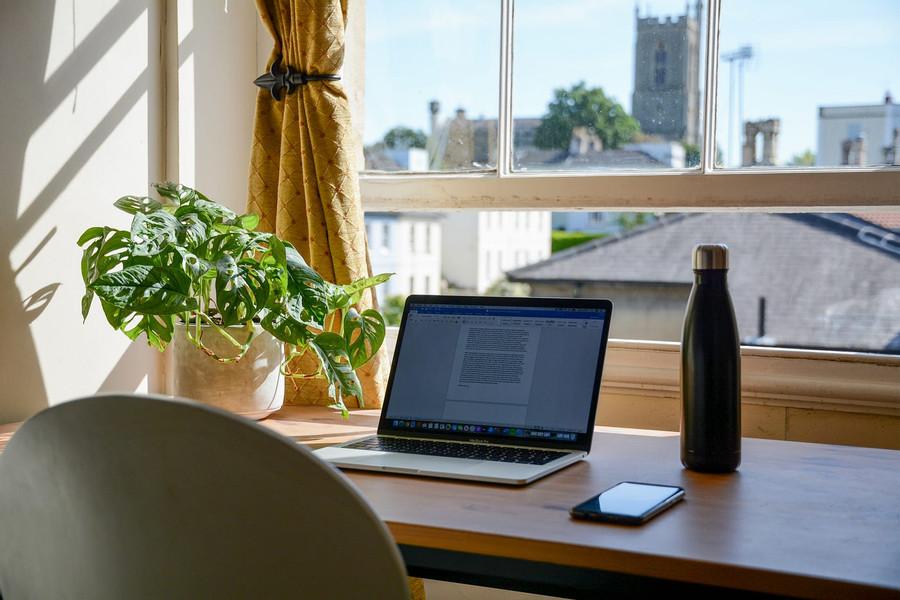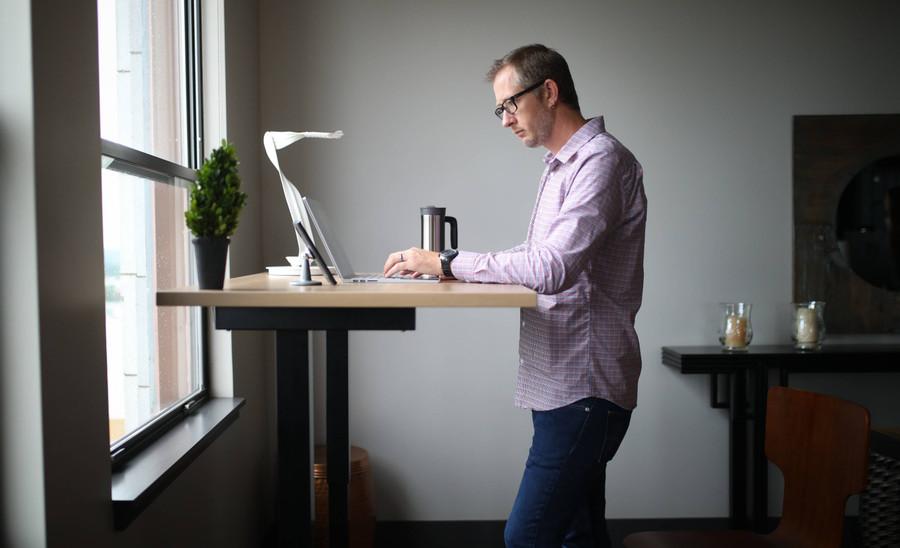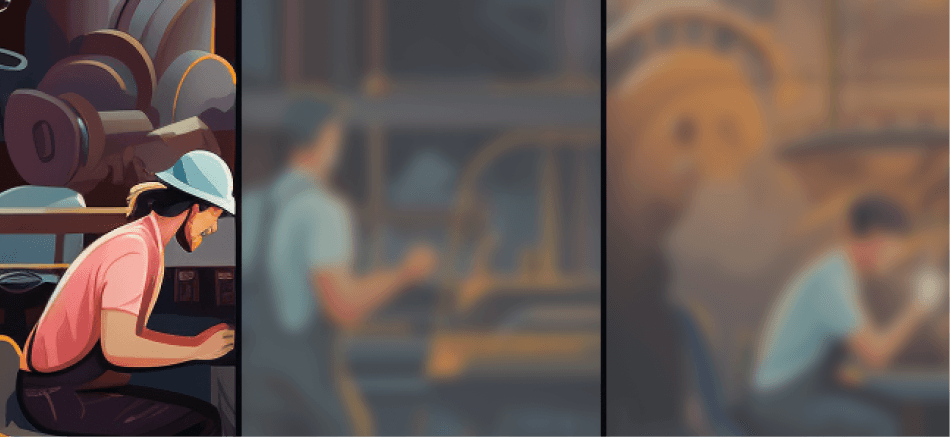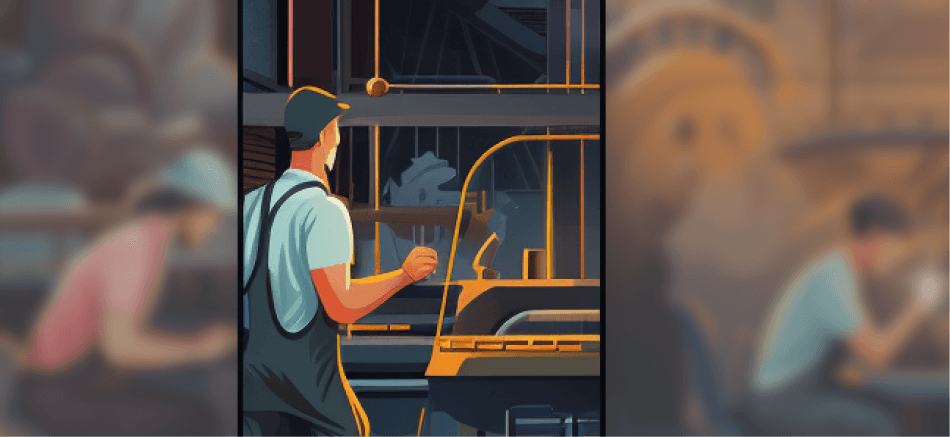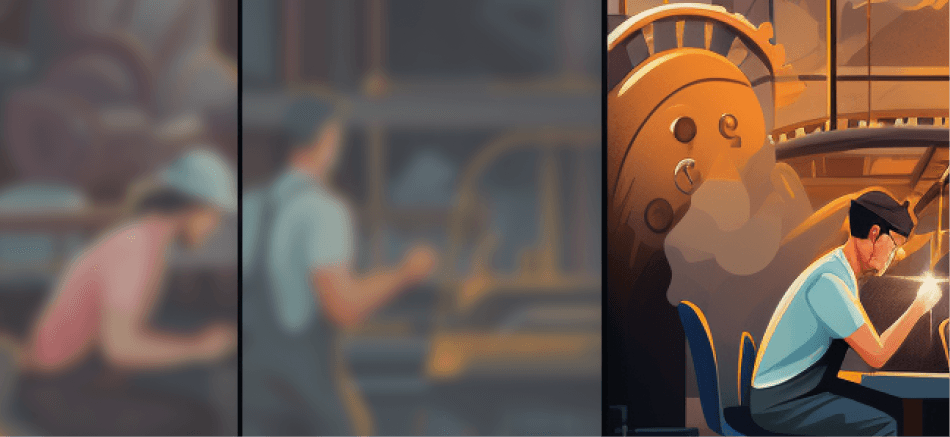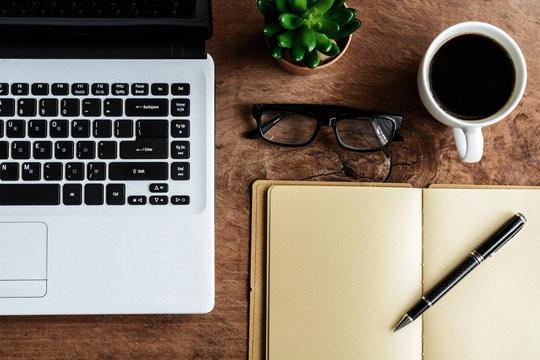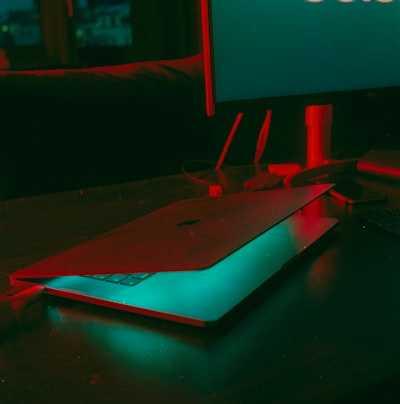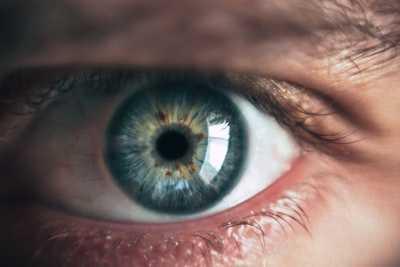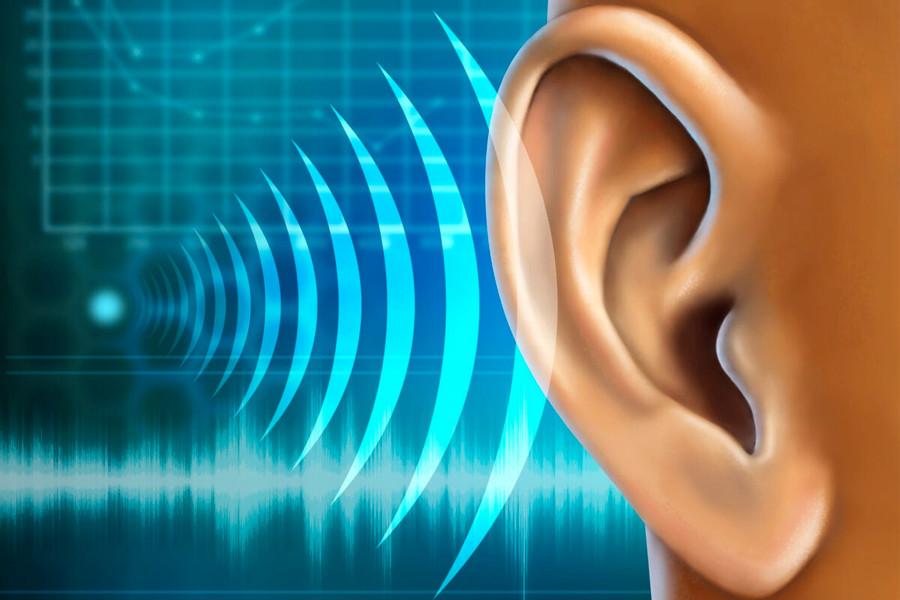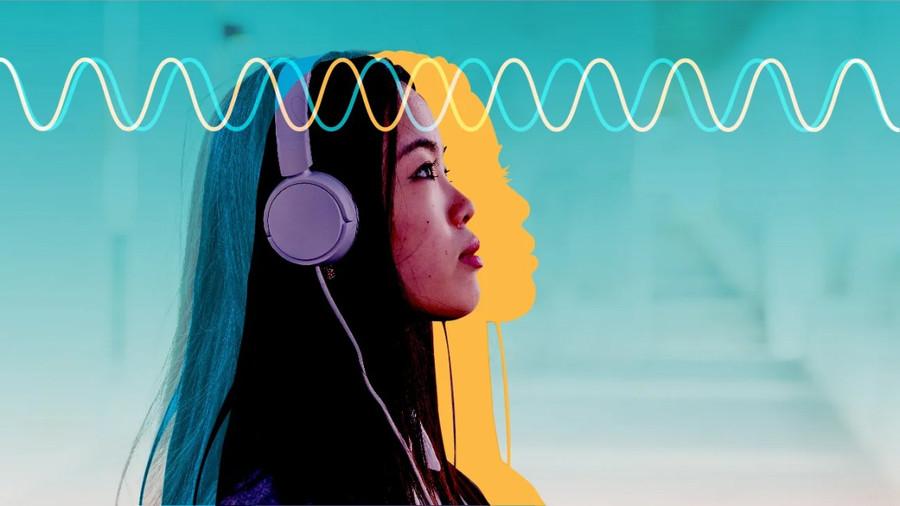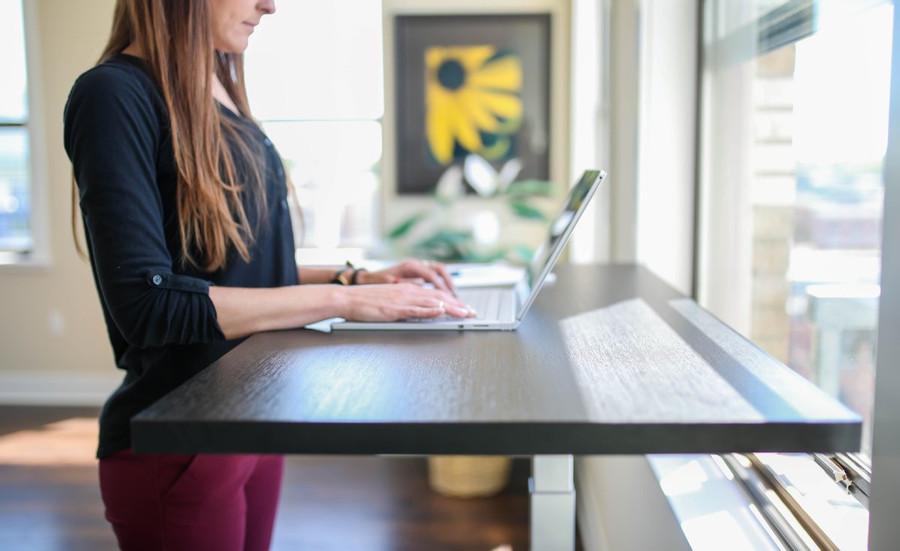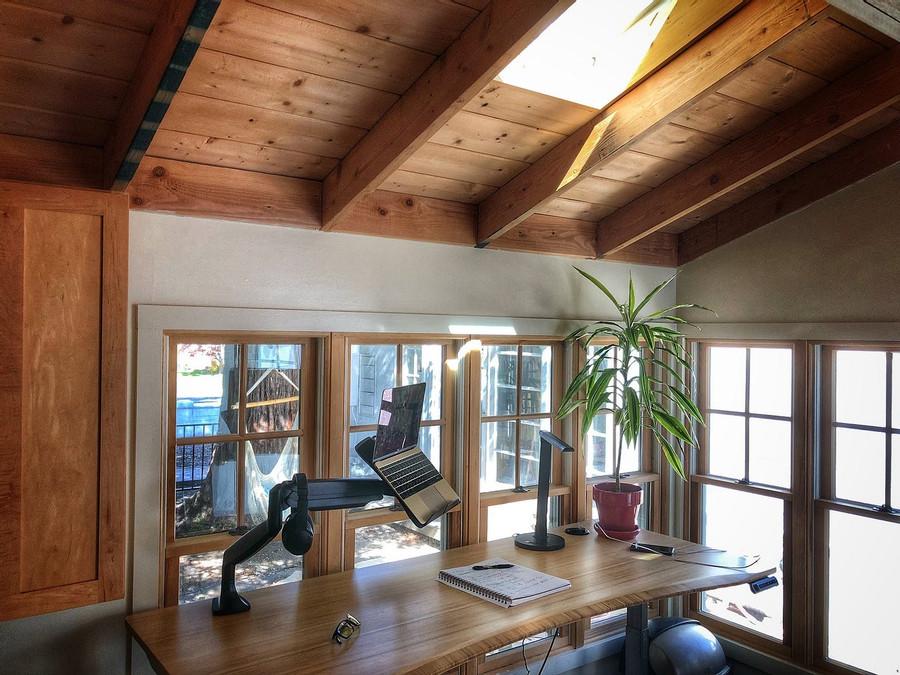Optimizing Workspace for Productivity, Focus, & Creativity
Curated from: Huberman Lab
Ideas, facts & insights covering these topics:
16 ideas
·141K reads
623
12
Explore the World's Best Ideas
Join today and uncover 100+ curated journeys from 50+ topics. Unlock access to our mobile app with extensive features.
Engineering Focus
The quality of our life and our productivity is directly correlated with our ability to focus. Prof Huberman discusses ways to engineer if:
- It will take about 6 minutes to settle into work and focus: unless you are very stressed or excited about something, don’t expect to be immediately focused the moment you sit/stand to work
- As you optimize the workspace, the latency period (the time it takes to get focused) will decrease
- In the first part of your day (0-9 hours after waking), bright lights make for maximum alertness – use bright overhead lights and blue light or ring light in front of you
2.68K
20.4K reads
The Light And The Noise
- To be alert and maintain an optimal level of alertness, keep the screen or book at nose level or slightly higher up – ideally while standing or seated
- For every 45 minutes you are focused on something, take a walk or relax your eyes and dilate your gaze for 5 minutes to avoid fatigue
- Depending on the day, background noise can be a stimulant or hindrance to focus – but generally, the incessant humming of air conditioners or heaters can increase mental fatigue and decrease cognitive performance
2.5K
15.5K reads
Attention & Posture
- Tip to manage office interruptions: if someone enters your office or workspace, acknowledge their presence but don’t shift your body or reorient yourself
- We weren’t designed to sit all day, but we shouldn’t stand all day either – a combination of about 50/50 is best
- Active workstations (e.g., cycle or treadmill) can improve attention and cognition for some tasks.
2.28K
13.1K reads
The Phases Of The Day: Phase 1
To build new habits & behaviours, leverage your body’s natural brain and body rhythms.
Phases of the day will invoke a shift in mood and mindset that are more conducive to building and keeping habits
Phase 1: 0-8 hours after waking up
- This phase comes with a more alert state which can be heightened by sunlight viewing, caffeine delaying, fasting, etc.
- Norepinephrine, epinephrine, and dopamine are elevated during this phase
- Healthy cortisol is also elevated in the brain and bloodstream
- This is when you want to take on new habits and behaviours that are challenging for you.
2.53K
12K reads
The Phases Of The Day: Phase 2
Phase 2: 9-15 hours after waking up
Levels of dopamine, epinephrine, and cortisol start to come down
Serotonin starts to rise and lends itself to a relaxed state of being – can be enhanced with a warm bath, yoga nidra, ashwagandha
Taper the amount of bright light (unless it’s sunlight) & start dimming house lights a bit
This is when you want to taper stress level and take on habits and things you are already doing that don’t require a lot of override of limbic friction – e.g., journaling, music
2.41K
10.2K reads
The Phases Of The Day: Phase 3
Phase 3: 16-24 hours after waking up
- Keep the environment very dark or dim & room temperature low
- The body needs to drop in temperature to fall asleep & stay asleep
- If you wake up in the middle of the night, use as little light as possible
- Deep sleep is critical to wiring neural circuits required for building habits
2.36K
9.53K reads
Workspace Light: The Fundamental Variable Of Workspace Optimization
Vision and light are important components to set the brain in a high state of alertness
Being in a brightly lit environment can lend itself to increased productivity throughout the day, not just in the morning
Work in a space with as much overhead light as is safely possible
Lighting tip: During the first 0-9 hours of your day, work in a space with as much overhead light as possible to facilitate the release of dopamine, norepinephrine, epinephrine, and optimal amounts of cortisol
2.21K
7.59K reads
Workspace Light During The Workday
A ring light or light pad placed in front of you will also increase alertness and stimulate photons
- Placing your desk near a window – and opening a window if possible – will stimulate eyes and send “wake up” signal during the first 7-8 hours of the day
- Around 9-16 hours after waking, start dimming the environment: reduce blue light exposure, turn off overhead lights and turn on lamps or other lighting options in the workspace
Screen brightness: people have different retinal sensitivity, but you never want it to be painful to look at your screen.
2.15K
6.66K reads
Lighting Tips For Night Owls
Around 17-24 hours after waking (shift workers or students):
- limit bright light to just enough that allows you to complete work to keep sleep and metabolism in the best shape possible;
- if you want/need to be very alert, make the environment as bright as possible
- It’s most ideal to stay awake during the day and sleep at night
All-nighter tip: drink a lot of water and don’t let yourself go to the bathroom
2.18K
6.68K reads
Visual Focus
- Where you physically place a screen or book in your workspace plays an important role in alertness
- When looking down toward the ground, neurons related to calm and sleepiness are activated
- Ideally, work while standing or seated, not laying in bed or on the couch
- Standing and sitting up straight while looking at a screen or book that is elevated will generate maximal levels of alertness
- You will create maximum alertness, focus, and cognition when you bring your eyes to a narrow point in space – keep the visual focus narrow, around the side of the head or right outside the eyes.
2.22K
6.4K reads
The High And The Low
Cathedral effect: thinking becomes smaller and more constricted in tighter visual fields, and vice versa
High ceilings versus low ceilings: high ceilings elicit abstract thoughts and creativity whereas low ceilings promote detailed and concrete work
For Phase II (9-16 hours after waking creative work), work in a high ceiling room or outdoors; for detailed analytic work (ideally in Phase I 0-9 hours after waking), work in a lower ceiling environment or put in hoodie or hat to restrict the visual field.
2.26K
6.25K reads
Your Auditory Environment
- Listening to particular sounds and in particular, conditions can improve cognition
- Sometimes we want more background noise, sometimes we want less: our auditory tolerance can change from one day to the next and even fluctuate within the same day
- Background noise to avoid: the incessant humming of air conditioners or heaters can increase mental fatigue and decrease cognitive performance
- Even if we’re not registering background noise, our auditory system is processing
2.13K
5.52K reads
Binaural Beats
- Binaural beats place the brain into a state that is better for learning
- Binaural beats: playing one sound in one ear and a different sound in the other ear
- Low-frequency waves put the brain into a relaxed state versus high-frequency soundwaves which put the brain into more alert states
- Binaural beats (around 40 Hz) have been shown to increase cognition, relaxation, creativity, pain reduction, anxiety reduction
2.5K
5.78K reads
Interruptions & Distractions In Workspace
Distractions and things that take away from tasks aren’t just bad in the moment, it takes time to get brain waves back into attention and focus
Tip: if someone enters your office or workspace, acknowledge their presence but don’t shift your body or reorient yourself
Managing phone distractions: turn off the phone, put the phone on airplane mode, put the phone in a drawer or away from eyesight
2.12K
4.98K reads
Sitting Vs Standing
- We weren’t designed to sit all day – but we also weren’t designed to stand all-day
- Just sitting for 5-8+ hours a day is terrible for us and can impact sleep, neck pain, cardiovascular system, muscular pressure
- A combination of sitting and standing throughout the day is best
- People who decrease sitting time show improvements to shoulder and neck pain, vitality, improvement in cognitive conditioning, and embracing new tasks
2.14K
4.72K reads
Active Workstations
- There don’t seem to be any differences in cognitive tasks between cycling versus walking workstations
- Active workstations are better for some tasks, worse for others: there appear to be improvements in attention and cognition when using active workstations versus seated – however – verbal memory scores were worse during active workstations
2.08K
5.57K reads
IDEAS CURATED BY
CURATOR'S NOTE
The Science Of The Workspace
“
Gina Green's ideas are part of this journey:
Learn more about career with this collection
How to adapt to different speaking situations
How to engage with an audience
How to use body language effectively
Related collections
Similar ideas
9 ideas
5 ideas
5 ideas
Read & Learn
20x Faster
without
deepstash
with
deepstash
with
deepstash
Personalized microlearning
—
100+ Learning Journeys
—
Access to 200,000+ ideas
—
Access to the mobile app
—
Unlimited idea saving
—
—
Unlimited history
—
—
Unlimited listening to ideas
—
—
Downloading & offline access
—
—
Supercharge your mind with one idea per day
Enter your email and spend 1 minute every day to learn something new.
I agree to receive email updates

